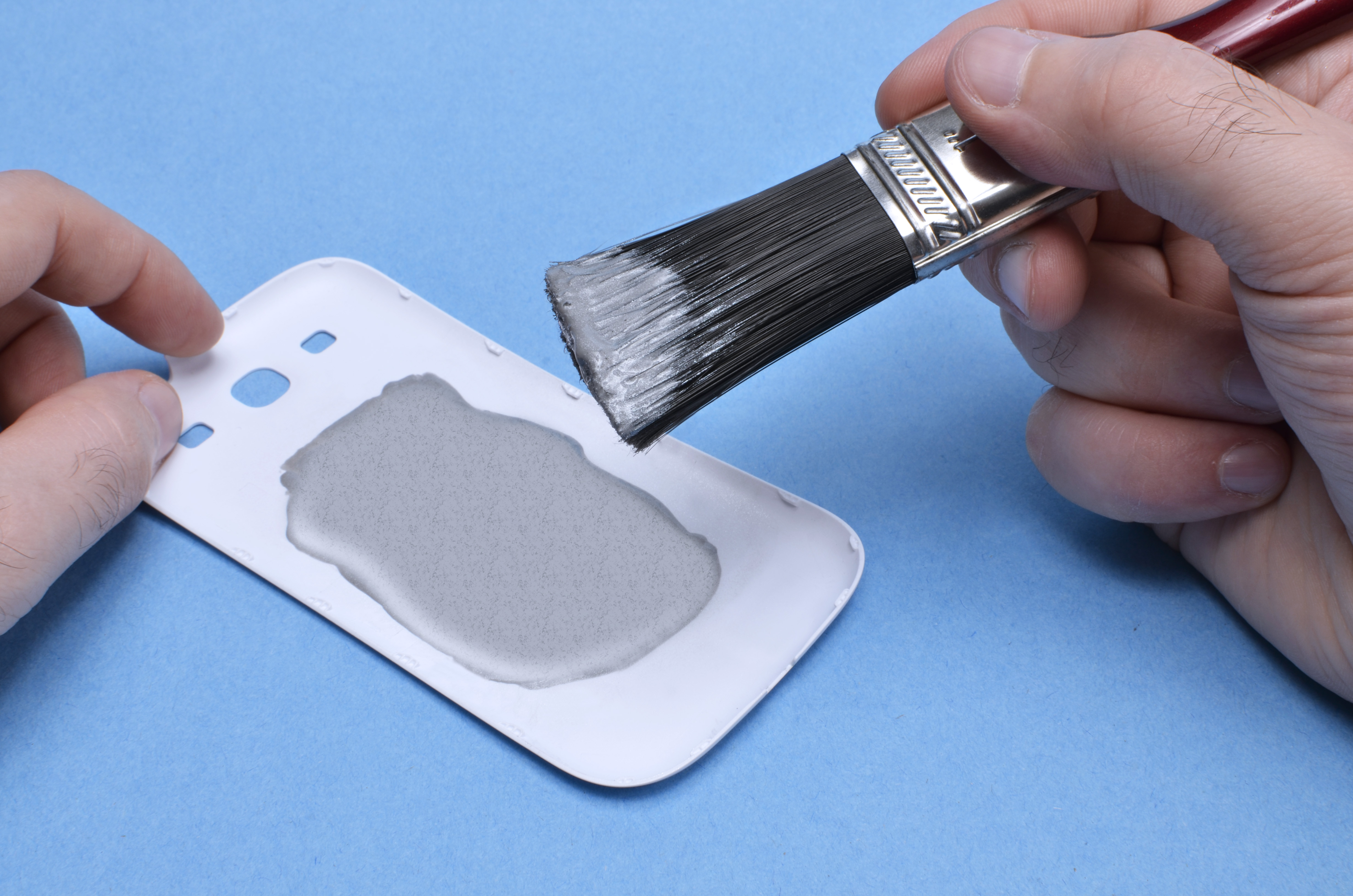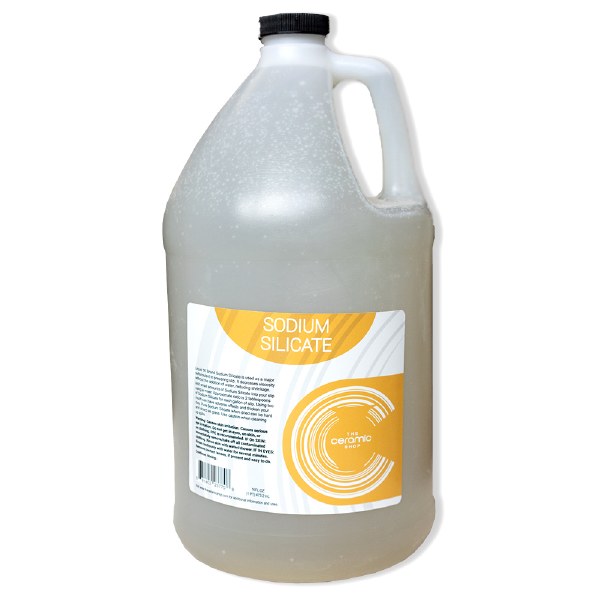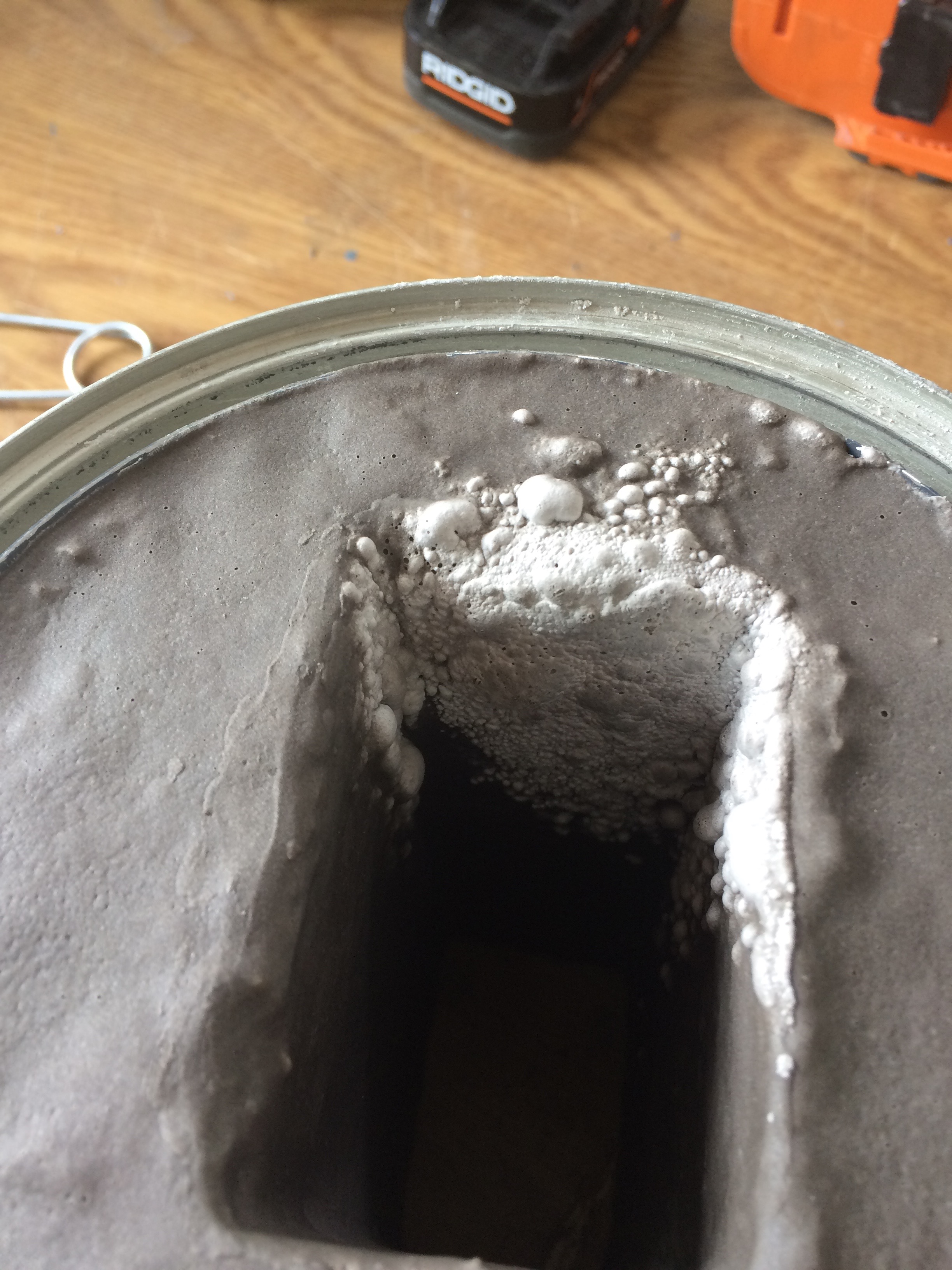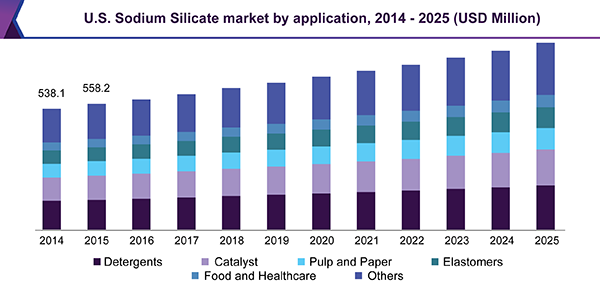Sodium and potassium silicates in aqueous solutions have physical and chemical properties that are useful in bonding and coating applications.
How to make ceramic coating from sodium silicate.
Because sodium silicate is sticky and dries hard it can be used as a glue to bind ceramic particles together even aggregates.
Blend the ingredients on a high speed mixer taking the temperature up to 50 60 centigrade to hydrolyse the silane.
Sodium silicate or water glass works effectively for thinning clay.
Add 1 3 more of the sodium silicate solution.
Add the lye to the water this will generate lots of heat and fumes do this in a well ventilated area.
Sodium silicate cement uses either sodium silicate 2na 2 o sio 2 water glass or sodium metasilicate na 2 o sio 2 as an additive to portland cement.
Mix approximately ten minutes allowing the sodium silicate to thin the batch then add 1 3 more of the clay.
Mixtures of sodium silicate and perlite for example can be rammed into molds to form shapes that dry with zero shrinkage and have excellent insulating properties.
It helps control the quantity of water and shrinkage.
A starter formulation is.
Clay powder is mixed with water to form the clay slip.
Once you get the proportion right making ceramic casts becomes easy and fun.
Mix another 10 minutes then add the final 1 3 of your clay to the mixer.
This will again thin the batch.
When applied as a thin layer on or between surfaces of other materials the silicate solution dries to form a tough tightly adhering inorganic bond or film which can exhibit the following characteristics.
On firing it forms a ceramic bond.
Aluminum silicate kaolin or china clay 12 0.
Methyl trimethoxy silane 2 1 0.
On firing it forms a ceramic bond.
In this sodium silicate pottery technique the residual sodium silicate gives a slightly glazed surface like a thin salt glaze.
Sodium silicate is a liquid additive while sodium metasilicate is a soluble granular solid.
The action of both additives during solidification is similar.
When the form is then expanded with pressure from inside the skin surface cracks enlarge in size depending on the amount of pressure and expansion.
Don t push to hard and go through the slip later back to the white clay body unless that s an effect you re looking for.
Allow clay to mix into the batch.
Once mixed add a little silica gel to the mixture this will react and create more heat and fumes stir to mix.
Add the last 1 3 of the sodium silicate.
In this video we show the amazing uses of sodium silicate water glass in industrial to our daily life.
Dip into the sodium silicate and apply a light layer to all areas you want to crackle.
Paint the surface of the cylinder with a sodium silicate solution.
It is also known as liquid gl.
Hollow ceramic items are usually made with the slip casting technique.
Use a clean and mostly dry brush.














































